
Sign up for daily news updates from CleanTechnica on email. Or follow us on Google News!
In my travels across the country, I’ve seen massive wind farms in Wyoming, South Dakota, and Iowa, as well as huge wind farms and solar farms in southern California. However, living in Utah for 20 years and traveling north to south and east to west, the only grid-scale clean energy production I’d seen until now is from the small 9-turbine wind farm at the mouth of Spanish Fork Canyon shown in the 6th figure below.
Grid-Scale Solar Electricity Production
Recently, I stopped by to see the Clover Creek Solar Farm, a 560-acre 80-megawatt commercial clean energy electrical power generating facility just west of Mona, Utah, about 77 miles south of Salt Lake City. You can see six photos of this facility below. It is just off I-15, but far enough to drive by without noticing.
With ample green energy resources, Utah is just beginning to harness them. Utah has a desert climate with over 300 sunny days per year on average and very low annual rainfall. You can also see from the photographs below examples of the minimal vegetation that we see in a high percentage of Utah’s land area. Utah has great solar resources and a high percentage of land in the state where solar panels won’t interfere with other use.
Utah also has an 80-megawatt farm near Enterprise, Utah. In addition, there is the 150-megawatt Pavant solar farm near Filmore, Utah. The largest solar farm in the state at present is the Escalante Solar Project (near Milford) which has a capacity of 315 megawatts. That makes the combined production from Utah’s biggest farms to be 620 megawatts at present. However, solar power is set to increase dramatically with the construction of a 400-megawatt plant as part of the Green River Energy Center in east central Utah. There is also a 1600 MWh battery facility to be constructed at the site, making it one of the largest solar + storage facilities in the country. The GREC is being constructed near Utah’s largest coal-powered electrical generating facilities, Hunter and Huntington. This will give the new energy center access to the transmission lines necessary to make it successful. The facility is planned to come on line in 2025.
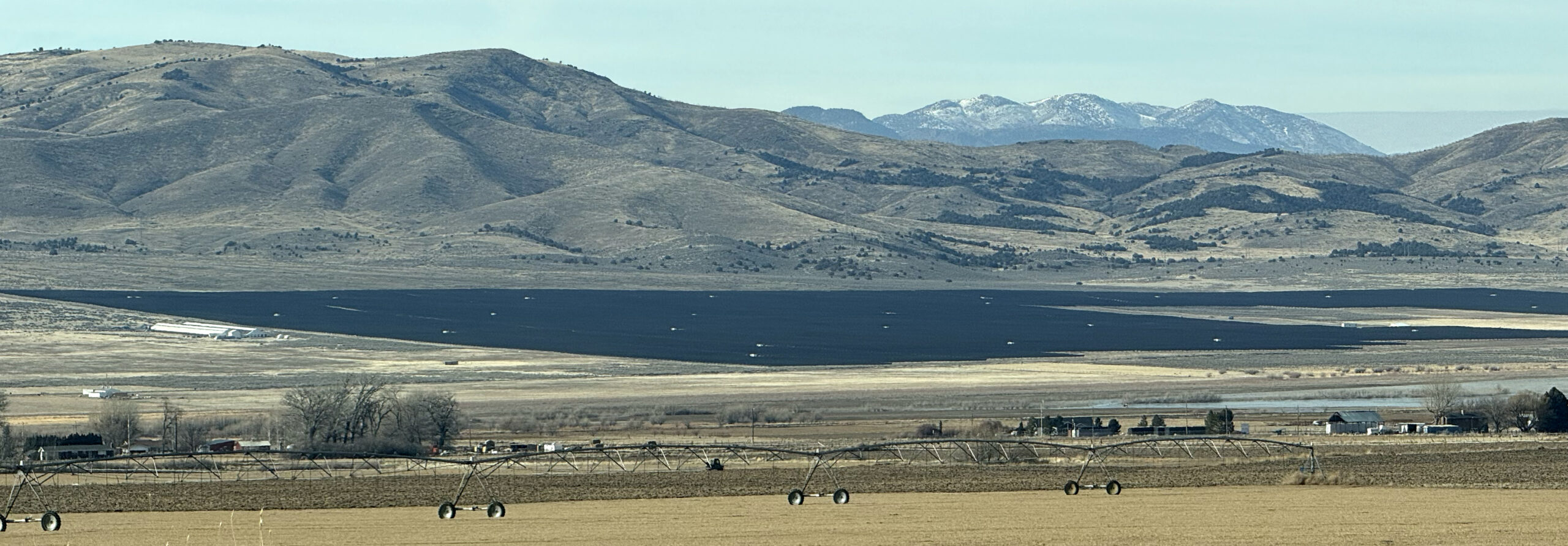
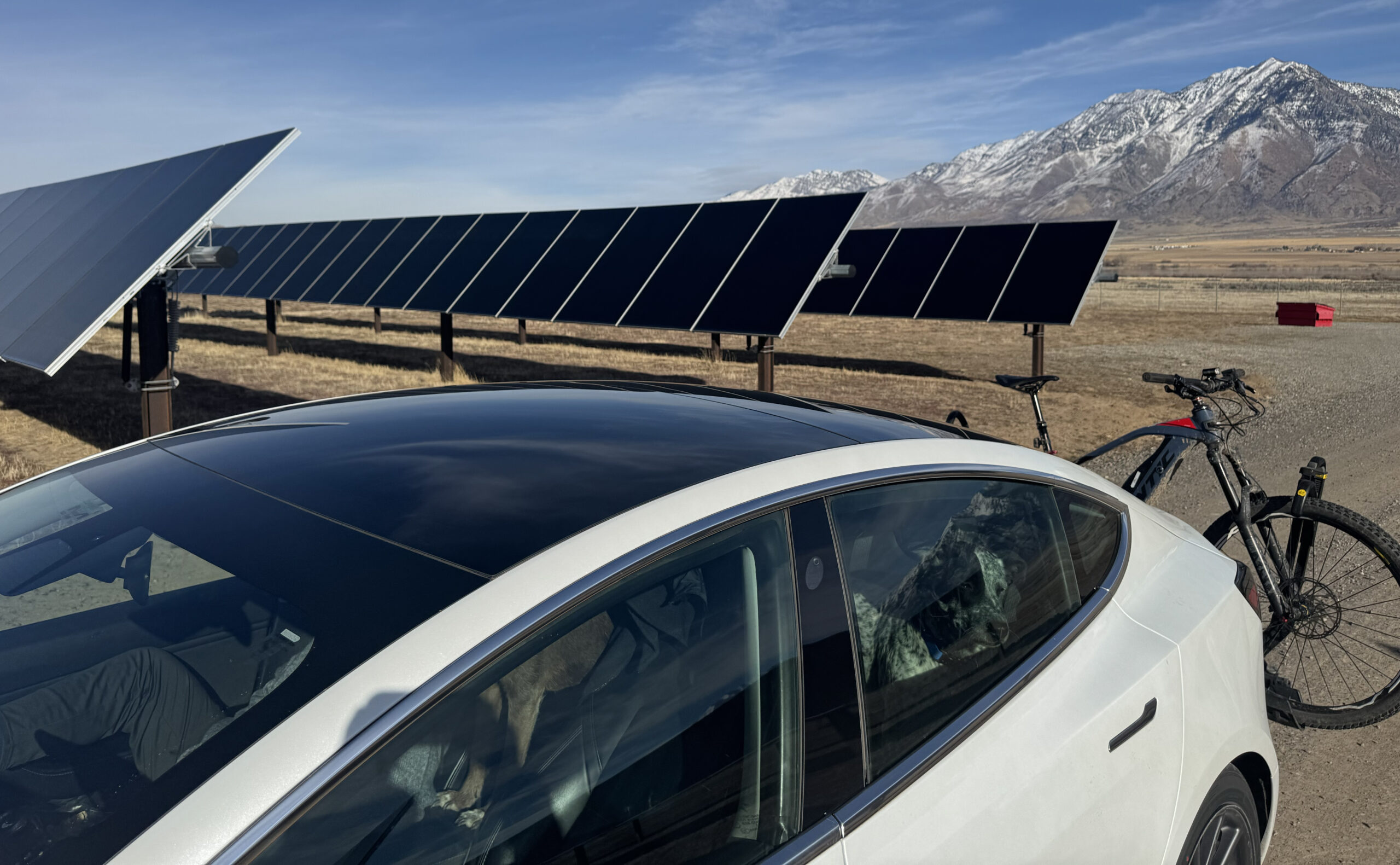
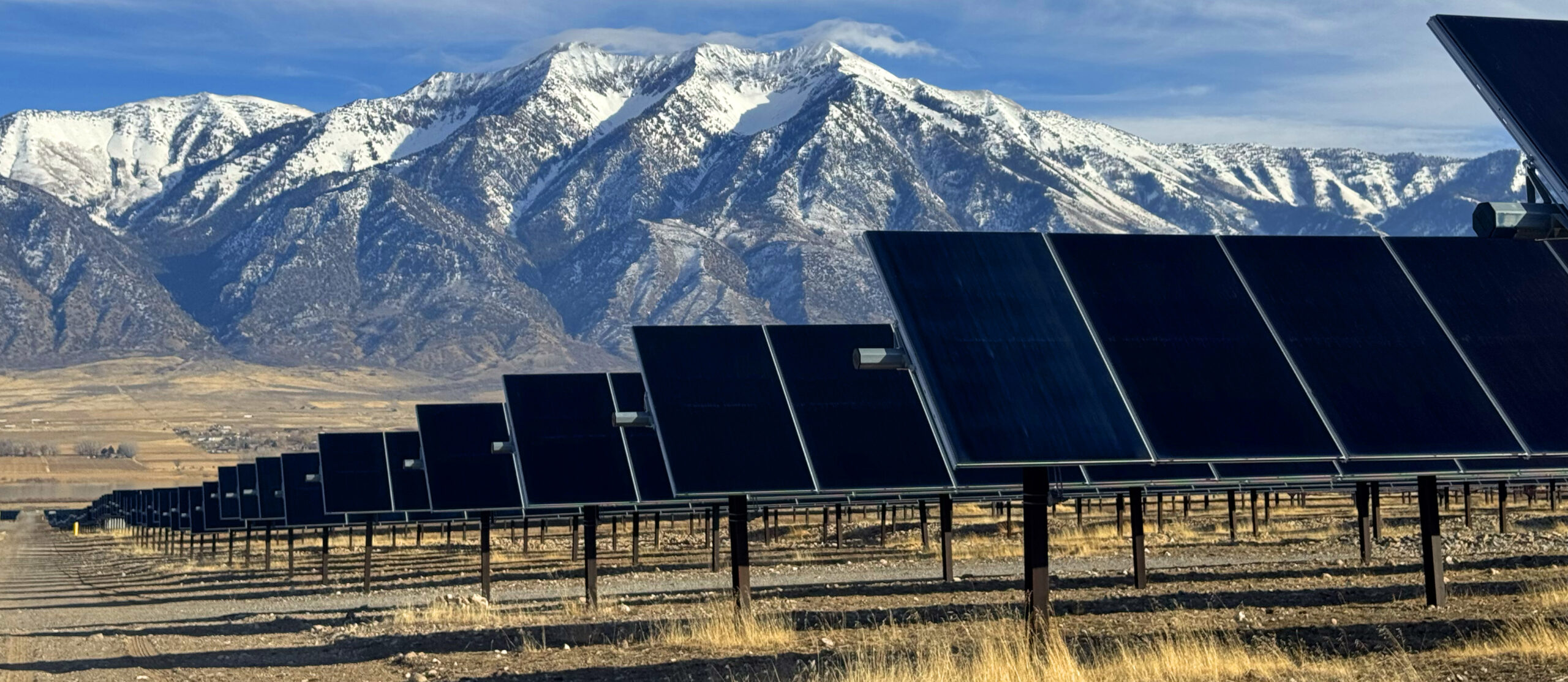
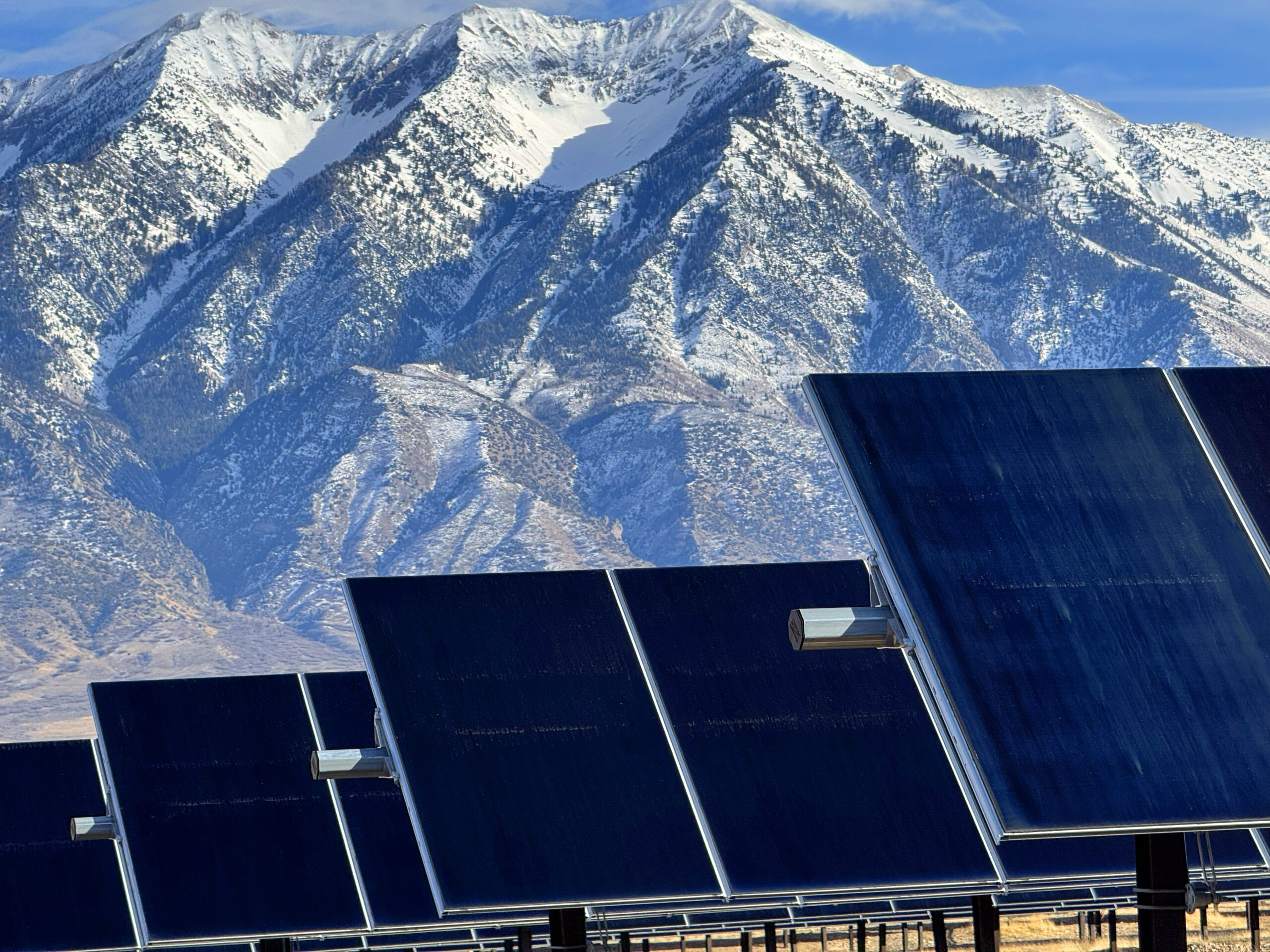
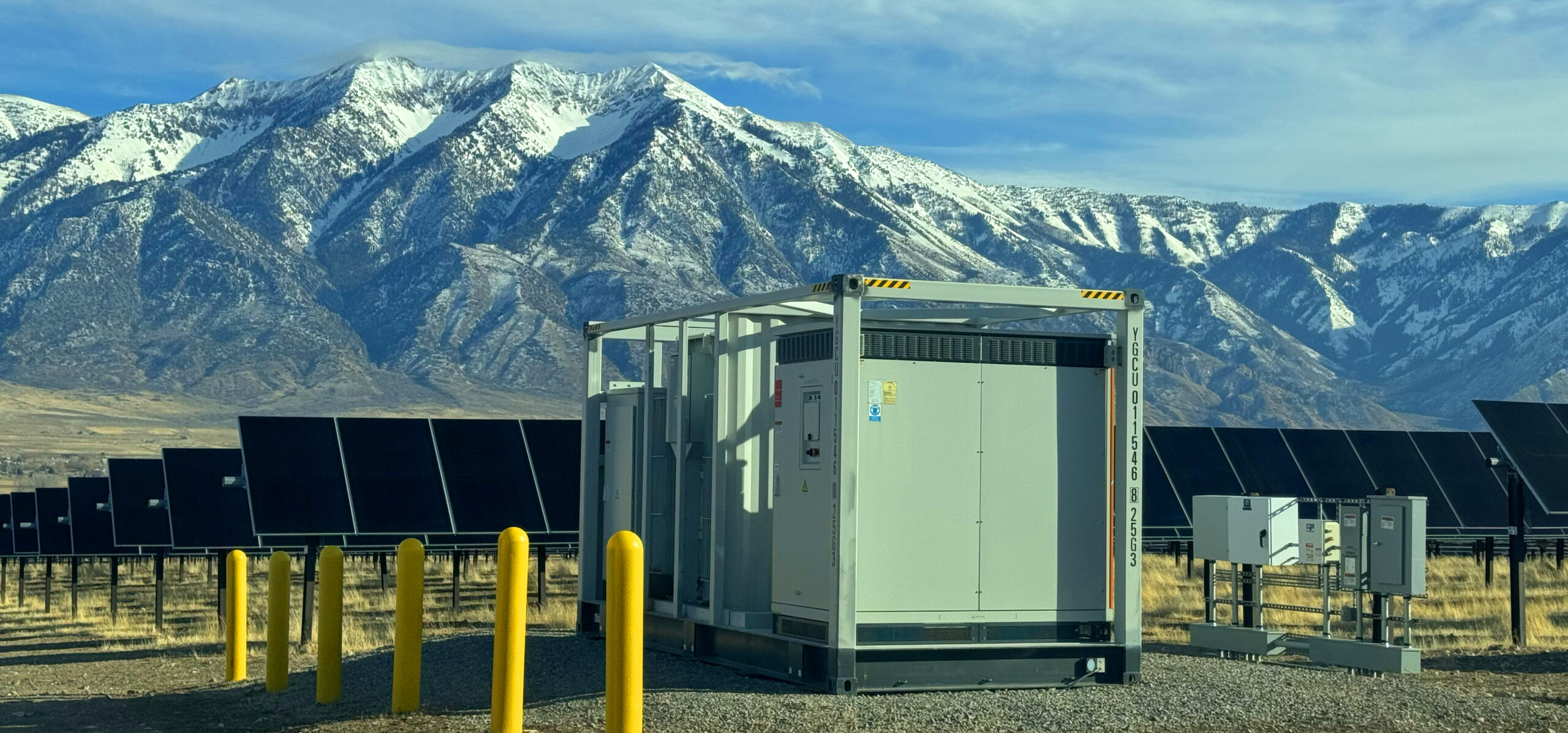
However, Utah also has bountiful coal resources, and the majority of Utah’s electric power historically has come from that coal. Utah even has a county named Carbon County. More recently, Utah has built several fossil gas power plants on the heavily populated Wasatch Front that produce less carbon dioxide and minimal pollution.
Grid-Scale Wind Electricity Production
If we are limited to 615 megawatts of large commercial solar farm production in Utah, we are even more limited in wind turbine electricity production. One wind farm is the very small 9-turbine farm with 19,000 kW total capacity at the base of Spanish Fork Canyon in Spanish Fork, Utah, that I referred to previously. I assume the nearly constant air current blowing up and down the canyon was the rational for the location. The largest capacity wind farm in Utah is Milford Wind with 300 megawatts of capacity from 165 turbines just north of Milford in Beaver County.

Rooftop Solar Electricity Production

Utah has had a two-prong system to encourage the installation of rooftop solar panels. First, there is a 30% federal government subsidy for any new rooftop solar panel installation. Second, Rocky Mountain Power has had a net metering system where it pays home owners between 8 and 11 cents per kW for the excess power produced by their systems. Most importantly, Rocky Mountain Power has purchased the excess power produced by an owners’ panels during the day and sells them electricity at regular rates at night. This means that a homeowner didn’t have to buy an expensive battery system to accomplish this function.
However, Rocky Mountain Power is no longer enrolling new installations in this program. This will massively discourage new rooftop solar in the state. Due to the now defunct system, Utah ranked in the top 10 solar power producers in the US with 71,815 homes with installed solar panels producing 478 megawatts.
Roughly 5% of all US homes have solar panels. For comparison, California rooftop solar production is 6480 megawatts. Utah’s production is ~7% of California’s. Since Utah’s population is 8.7% of the size of California, Utah’s production figure is pretty impressive.
Renewable Energy Use
Electric Vehicle Penetration In Utah
Driving around the northern Utah metropolitan region, the southern Saint George region, and driving in between them, one sees numerous Tesla Model 3 and Model Y vehicles as well as the occasional Model S, Model X, and Cybertruck. One also frequently sees Rivian trucks and SUVs. More occasionally, one sees Ford Mustang Mach E sedans and Ford F150 Lightning trucks. See examples of Tesla, Rivian, and Ford electric vehicles seen in northern Utah in the figure below. However, in my experience, it is that Tesla Model Y and Model 3 EVs are by far the most frequently seen electric vehicles in Utah.

Batter-electric vehicles were 8.3% of new vehicle sales in Utah in 2023. In 2023, there were 40,000 light electric vehicles registered in Utah. With 434,000 light internal combustion vehicles, the EV penetration of the Utah fleet was a little less than 1% according to the US Department of Energy. This doesn’t sound like much, but by comparison, California had only 2.5 % penetration, in spite of the fact that EV new car sales in California are at ~25% of the market. Even if sales of new electric vehicles are high, it takes time to convert the fleet. Another more positive way to look at it is that there are 1078 EVs per 10,000 Utah residents. For comparison, California, which has by far the most EVs on the road, only has 3026 EVs per 10,000 residents. One reason the total fleet numbers aren’t as bad as they seem is that new cars get driven much more than older cars. From my own experience this is particularly true if you own more than one vehicle.
Electrification Of Public Transit In Utah
The Utah Transit Authority (UTA) is running 42.5 miles of TRAX light commuter rail (street cars) and 80 miles miles of heavy rail commuter rail (FrontRunner). See photos of the trains in the figure below.

UTA has also put 34 of New Flyer Inc. electric buses in operation. Zion National Park in southern Utah has totally updated its bus fleet with 30 electric buses. 25 are 60-foot articulated buses and 5 are 40-foot buses, all from New Flyer Inc. See photos of the Zion and UTA electric buses in the figure below.
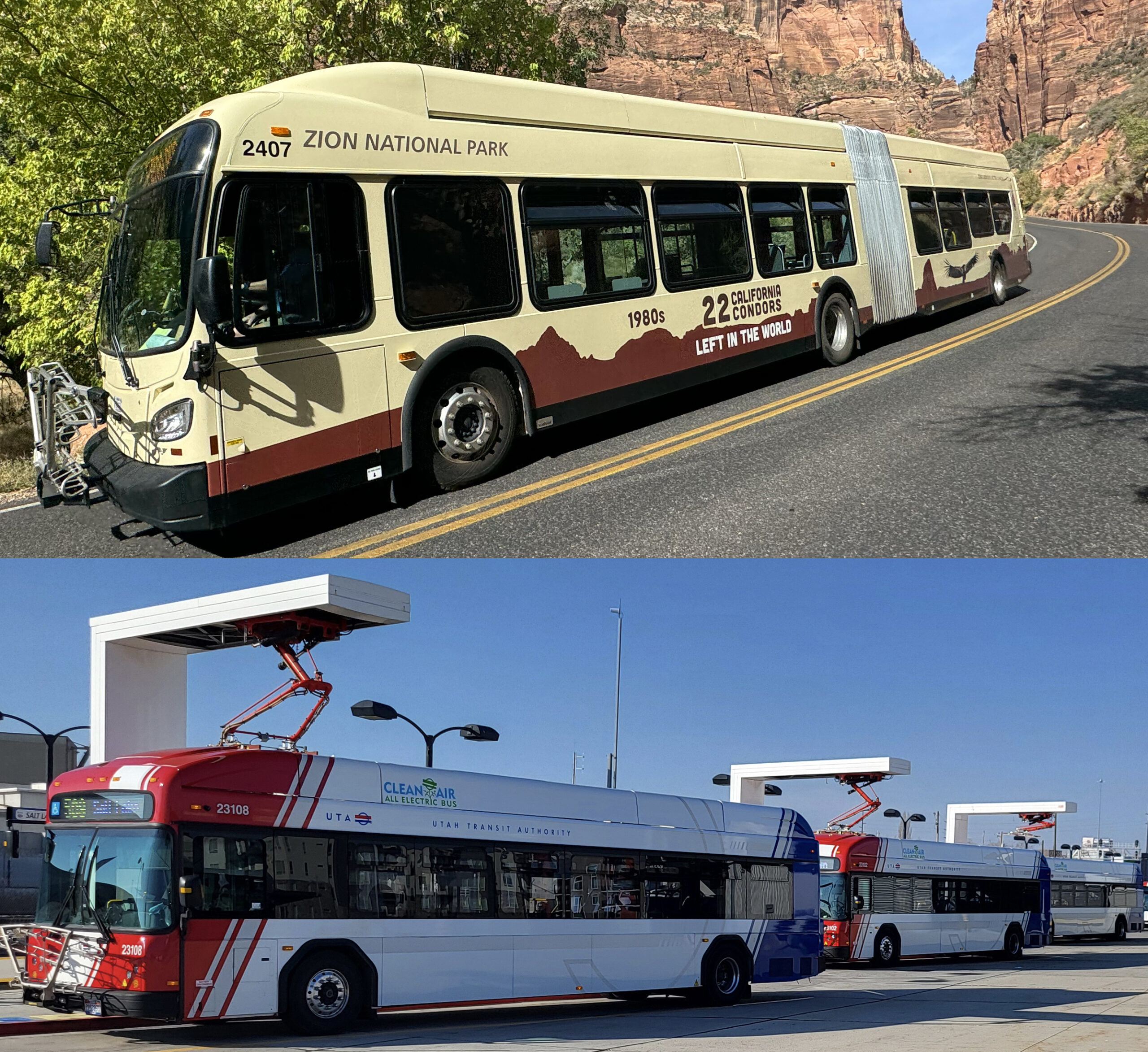
Electrification Of Commercial Vehicle Fleets
Amazon Prime has totally electrified its delivery van fleet in many parts of Utah. See photos of an Amazon Prime Rivian electric delivery van two years ago across the street from my house in Lindon, Utah, in the figure below. These are part of the 20,000 Rivian vans Amazon has already received as part of a 100,000-van order.
While Amazon is making great progress electrifying its fleet, the other main delivery companies, UPS and FedEx, haven’t even begun electrification.
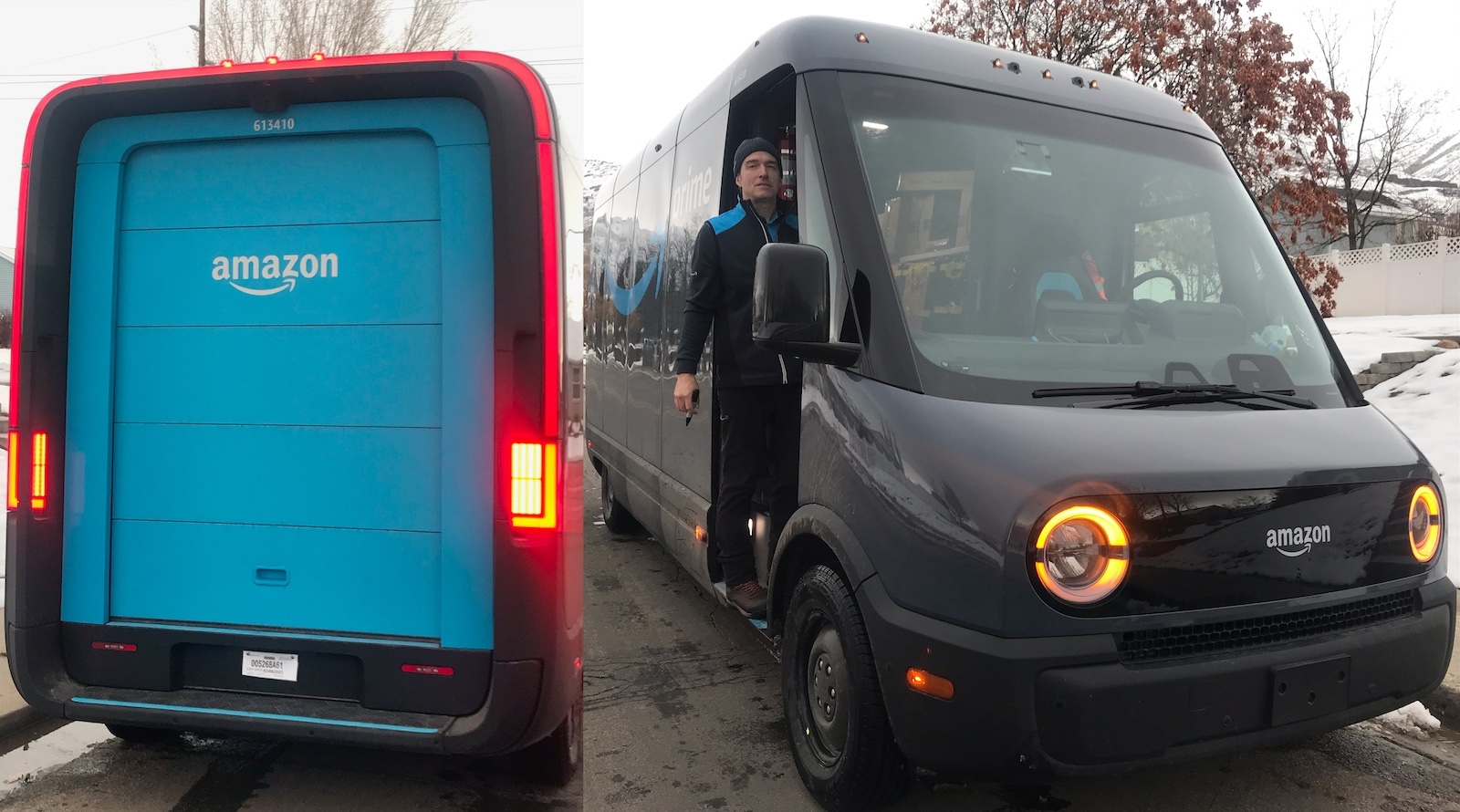
Tesla has reactivated its referral program. If you find any of my articles helpful to you, please use my referral link: https://ts.la/arthur73734. If you are buying a new Tesla and use my link (be sure to use it when you make your order) you’ll receive $1,000 off your purchase price and 3 months of Full Self-Driving. It is technically FSD Beta and it will drive you automatically to any address you enter into the Navigation (just be prepared to intervene immediately if it screws up).
Chip in a few dollars a month to help support independent cleantech coverage that helps to accelerate the cleantech revolution!
Have a tip for CleanTechnica? Want to advertise? Want to suggest a guest for our CleanTech Talk podcast? Contact us here.
Sign up for our daily newsletter for 15 new cleantech stories a day. Or sign up for our weekly one if daily is too frequent.
CleanTechnica uses affiliate links. See our policy here.
CleanTechnica’s Comment Policy




